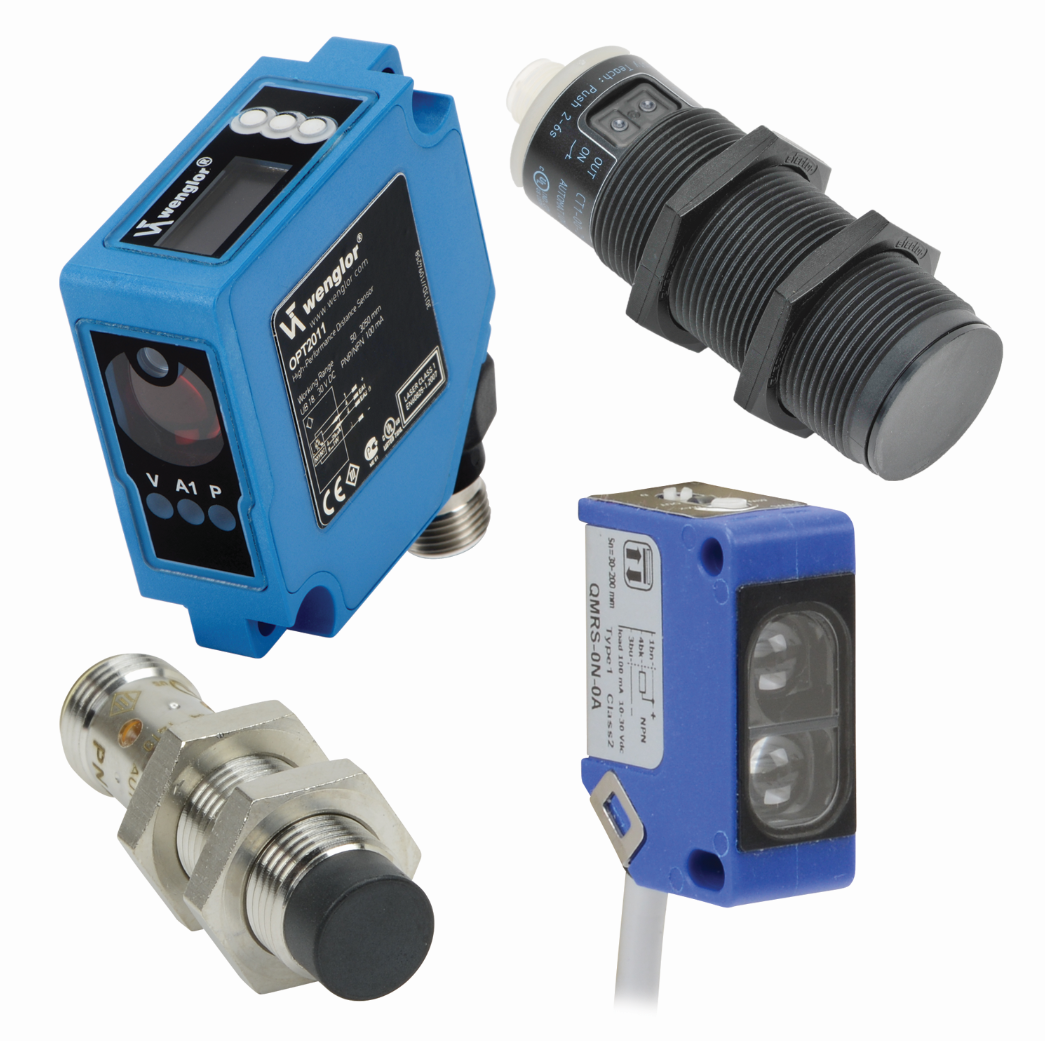Table of Contents
What is Sensor Selection?
Today’s sensors vary in function and structure. Selecting the appropriate sensor according to specific measurement purposes or measured objects plays an important role on the success or failure of the measurement results. The selection of an appropriate sensor is based on matching the operating characteristics of sensors to the requirements of an application. The final selection is aided by additional considerations such as cost, and impedance matching [1].
Sensor Selection Methods
Sensor Selection by Product Classification
Selecting sensors based on characteristics such as [2] ;
- product classification, ex ;
- photoelectric sensors
- inductive proximity
- pressure sensor
- sensing method, photoelectric ex;
- thru-beam
- retroreflective
- diffuse reflective
- configuration, photoelectric ex;
- mutual amplifier separated
- power supply built-in type
- performance, ex ;
- sensing range
- functions, ex ;
- mutual interference prevention function
- installation;
- output method ;
- supply voltage;
- etc.
Sensor Selection by Application
Object-oriented method. In this case you select the best product for the objected that will be detected by the sensor. A correct understanding of the intended application is necessary for this method.
Here are some examples of the topics you should have a thorough understanding of for the intended application [3];
- Sensing object, ex ;
- size
- material
- shape
- surface conditions
- moving speed
- Detection purpose, ex ;
- presence/ absence detection
- color detection
- shape detection
- liquid level
| Sensor use cases |

